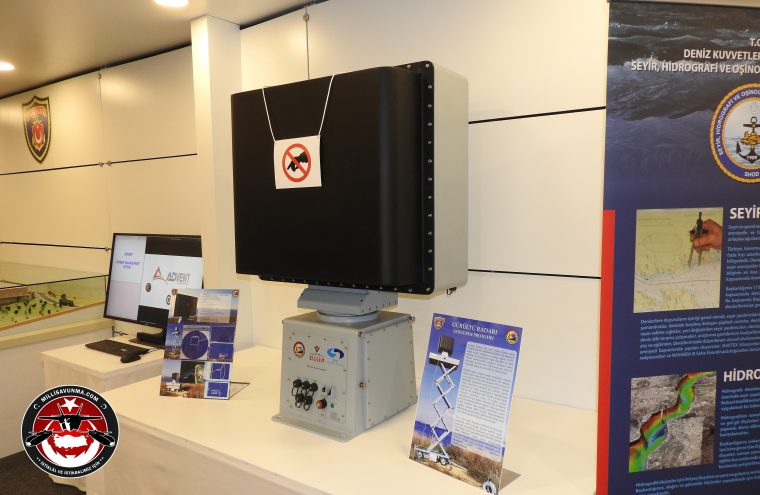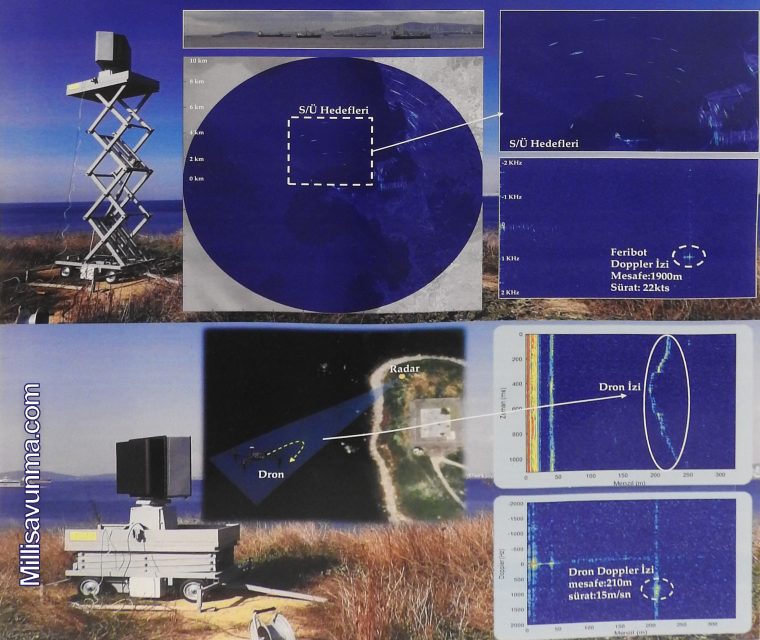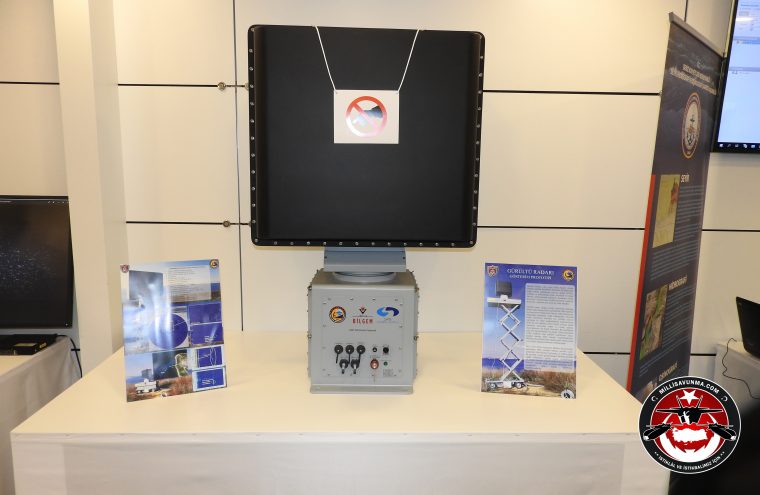Detection of Marine Noise Radars With Spectral Kurtosis Method
On board radars, called “navigation” or “marine” radars, are one of the key elements for the safe navigation of
ships. Based on the International Maritime Organization (IMO) regulations, marine radars operate in two different
frequency bands:
X-Band (9.2–9.5 GHz) for high discrimination, good sensitivity, and tracking performance; and
S-Band (2.9–3.1 GHz) to ensure target detection and
tracking capabilities in varying and adverse conditions such as fog, rain, and sea clutter.
The traditional marine radar systems are based on magnetron technology with high peak power levels and more than 800 000 such radars are operational today. These radars are gradually being replaced with more modern systems based on solid-state transmitters.
The lower peak power supplied by solid-state radars involves the need to use the technique called “pulse compression,” in which a pulse of relatively long duration is emitted. The most popular waveforms used for pulse
compression are linear FM and non-linear FM. The use of “long pulses” means a high duty cycle on the order of
100 times greater than the typical magnetron radars. The usage of this high duty cycle causes the problem of mutual interference among radars, especially when a large number of ships equipped with the same or similar radars operate in the same area.
This problem was investigated by Galati in a recent article. The statistical analysis presented in [1] shows that the
increasing number of the solid-state marine radars might represent a critical problem for the maritime traffic. One solution to this interference problem is to use noise-waveforms [2]. From an historical perspective, the use of noise signals traces back to Alexander S. Popov who used noise pulses in his experiments on ship detection as early as 1897. In 1904, Christian Huelsmeyer also used noise pulses in the “telemobiloscope” the precursor to modern radar. The concept of noise radar with coherent reception of radar signals emerges in the 1950s. Horton is regarded as the first to describe the design of continuous wave (CW) noise radar, which used frequency modulation [3]. A delay line and the correlator were the important components of the noise radar receiver. Due to the problems in wideband variable delay line technology in those years, the noise radar technology had not progressed until the 1990s. A significant advancement in the 1990s was the development of a fully coherent ultra wideband noise radar employing heterodyne correlation [4]. Noise radars have since been developed and implemented successfully using a variety of applications, technologies, and processing techniques. Examples of these advancements are: automobile collision avoidance [5], millimeter-wave [6], synthetic aperture radar [7], moving target detection [8], through-the-wall target detection [9], monopulse [10], multiple-input multiple-output [11], drone detection [12], and bistatic radar [13]. Software-defined noise radar demonstrators have also been recently developed [14] and fully digital implementations of noise radar have made great advances possible.
For naval applications, Chadwick [15] investigated the wave-height measurement via noise radar; Guosoi [16] suggested that it can be used as a short-range radar fuse system in a sea environment, Kulpa [17] presented a sea-clutter canceller; and Massaro [18] investigated the possibility of employing ship-based noise radars for target classification. Noise radars are low probability of intercept (LPI) radars by their nature in the sense that they are pulse compression systems with random waveform, and it is difficult to detect these radars via traditional electronic support (ES) systems as analyzed by Garmatyuk [19] and Stove [20]. Their probability of intercept will also depend on their bandwidth and peak power. To detect noise radars, the first work was done by Heuschel [21], where the performance of quadrature mirror filter banks and cyclostationary signal analysis were investigated.
Following that, Keyu [22] suggested the use of a signal matched-phase algorithm with an array of receivers, while
Pralon [23] proposed to use a circularity test on the complex envelope of the signal. All of these works used simulated data to test the proposedmethods. In this article, as a new approach, we propose to use the change in kurtosis between noise radar waveform received by the ES system and the ES receiver’s internal noise to detect and classify the noise pulsed or CWwaveforms. Spectral kurtosis was first used by Dwyer [24] to detect non-Gaussian signals in underwater acoustics. Later, it was also used in audio signal description [25], rotating machine diagnostics [26], and target detection in sea clutter background [27].
Other articles
Design of a Noise Radar Demonstrator
Trials of a Noise-Modulated Radar Demonstrator– First Results in a Marine Environment
Software Defined L-Band Noise Radar Demonstrator
Noise Radar—Overview and Recent Developments
Low-PAPR Waveforms with Shaped Spectrum for Enhanced Low Probability of Intercept Noise Radars
Introduction to Noise Radar and Its Waveforms
Noise Radar Technology: Waveforms Design and Field Trials
This file shared with BlackHole. Send any file using blockchain technology.

app.blackhole.run
I gathered all the publications of ARMERKOM in a single archive.
@Combat-Master @Zafer @Saithan @nakaFH @Yasar @Kartal1 @Cabatli_53 @Nilgiri @yakusha @TheInsider
@Fuzuli NL @Test7 @mulj @Stimpy75 @Stuka @T-123456 @Oryx @Anmdt
Dont miss it guys







